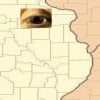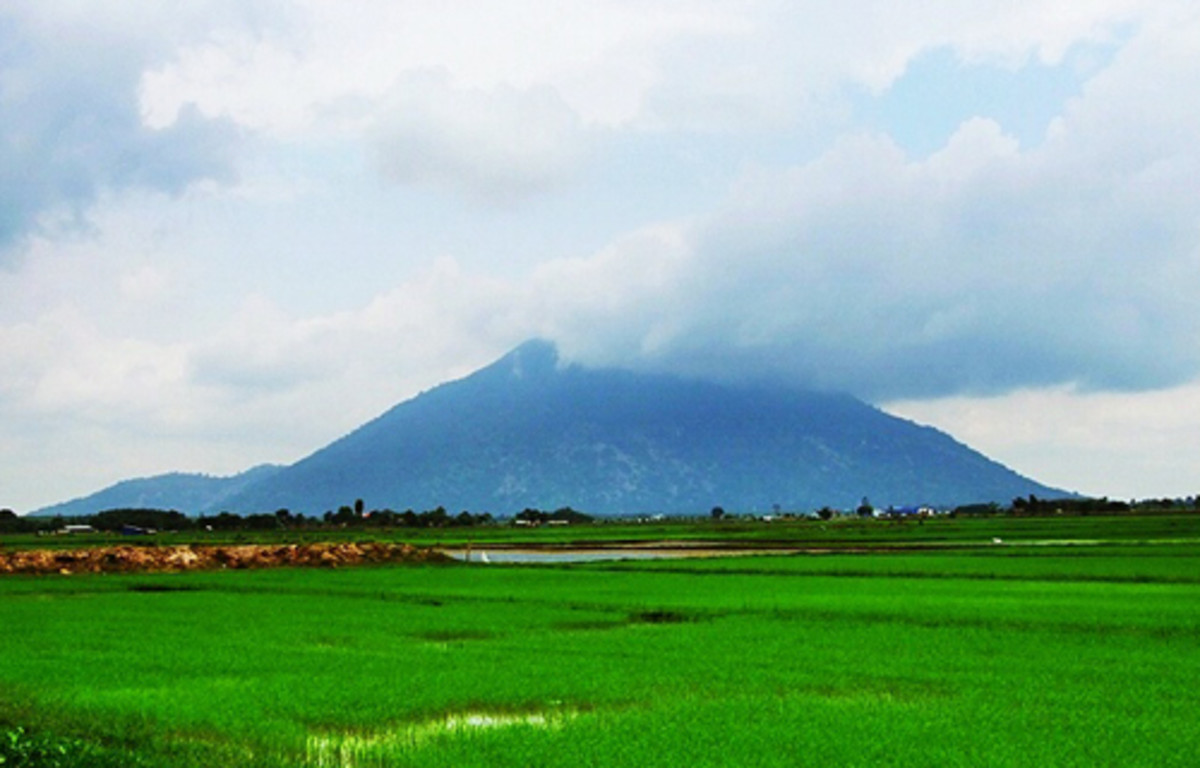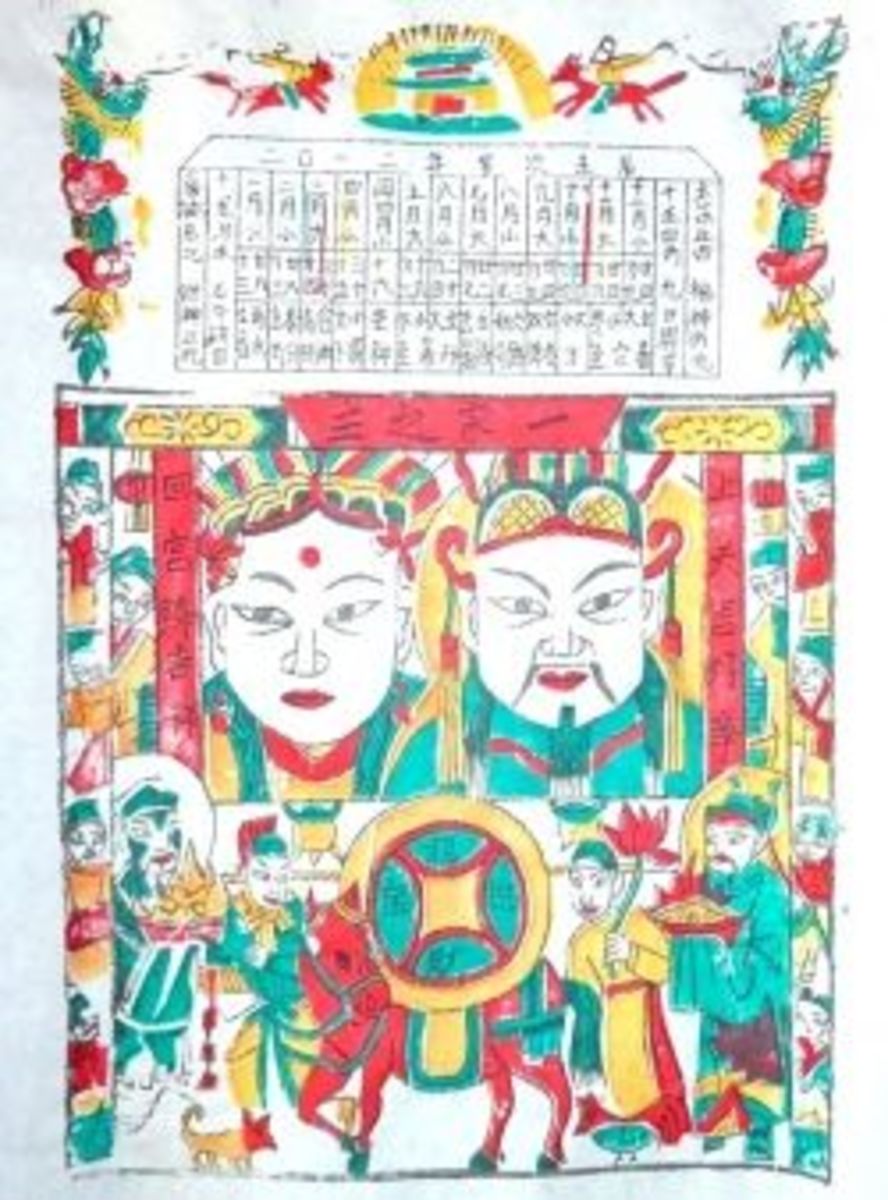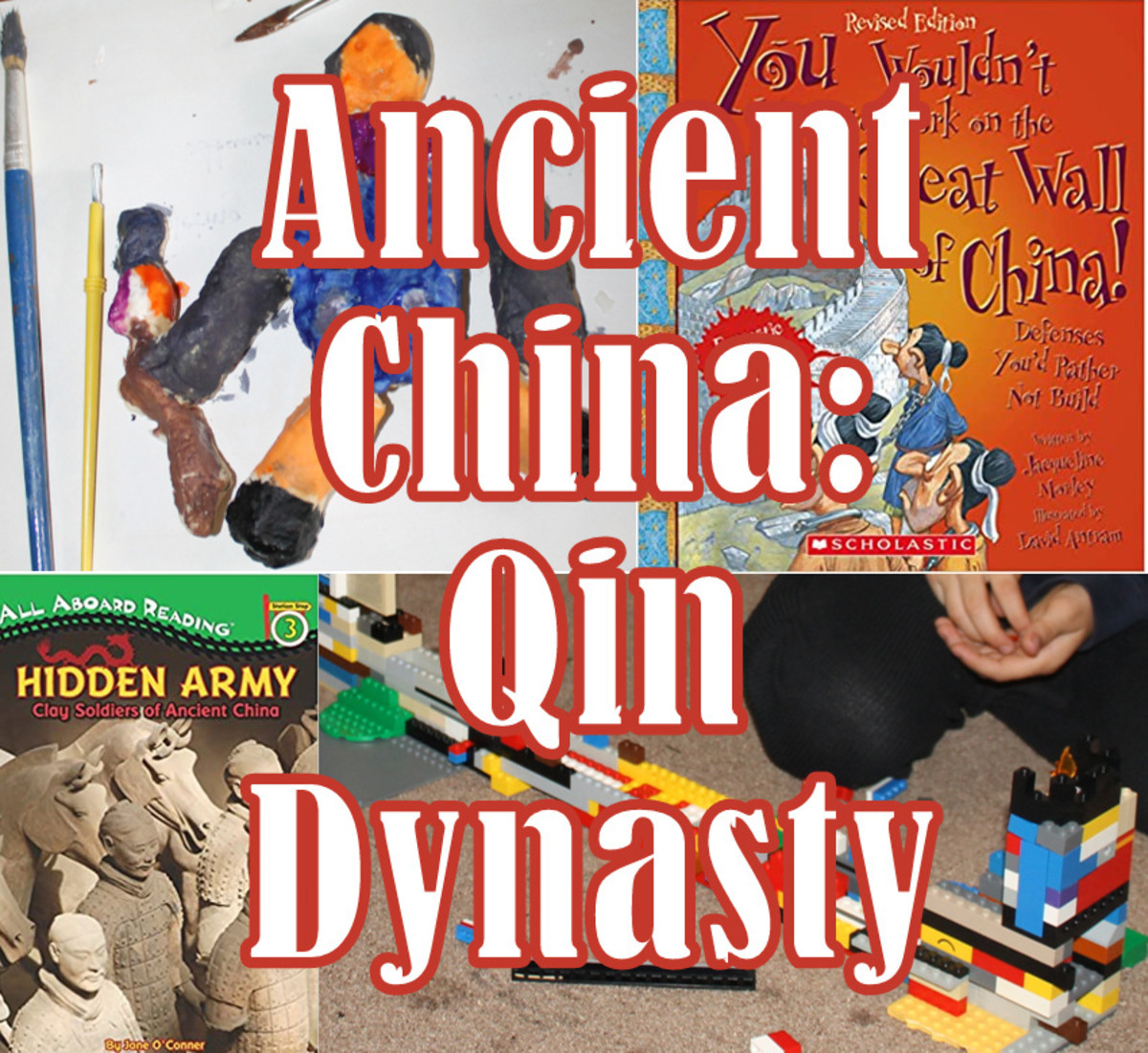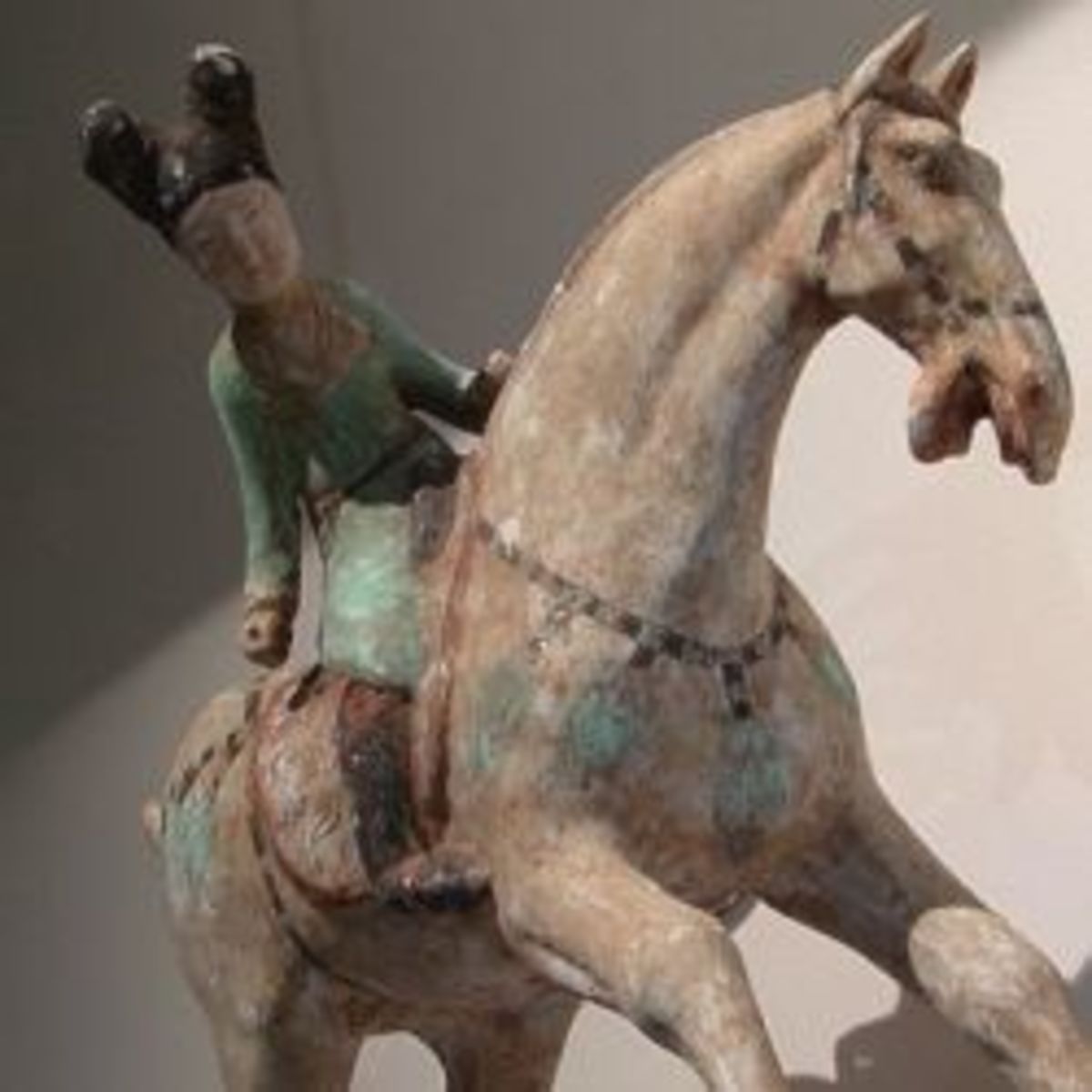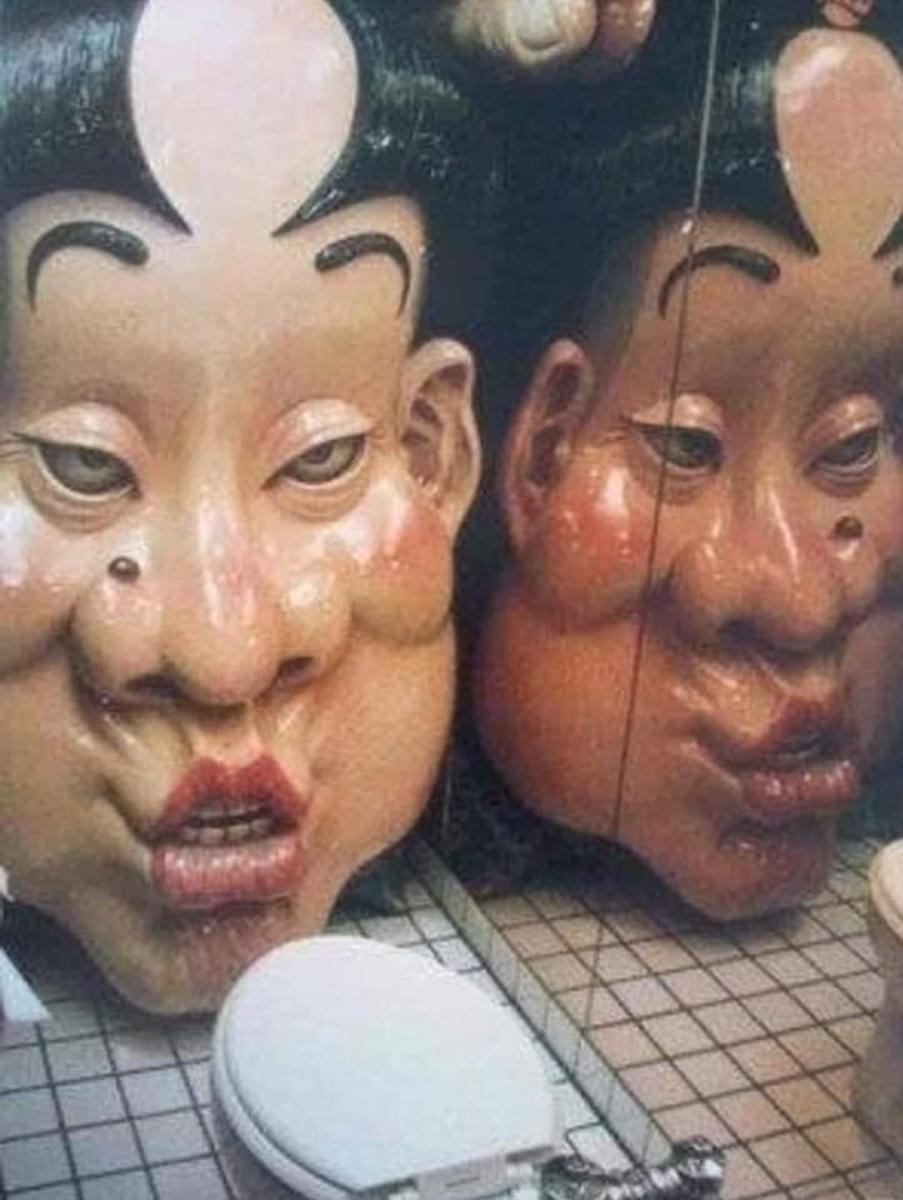Travel - China Quartet (Provinces) 1
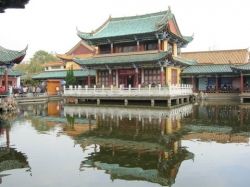
Come to this quartet of provinces in SW China
Intended as a brief introduction to travel in China. Host to one of the world's poorest populations, take away the big cities, the country is so rich is history and geography that it helps to have a brief introduction in order to get started and not be overwhelmed.
Focus on a group of adjacent provinces that are worth spending time in, not just passing through.
Individual cities and town within this quartet are worth exploring, too -- but we'll do that in a different series.
The quartet we have here provide a great way to start traveling in China. Not nearly so well known as Beijing or Shanghai, but at the same time in many ways more Chinese than Beijing or Shanghai. At any rate, the pace of change has been slower -- so far. See for yourself.
Play on.
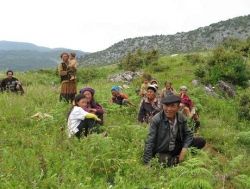
Yunnan Province
Just my opinion: In some ways China's most interesting province. For example, about half of the nation's biological diversity is represented here in this one province. That's a lot of species of plants, for example, because although China and the US are almost identical in size, China has many more plant species, possibly half again as many. Rhododendrons, here, are a specialty and were long sought by European collectors.
Another reason: the province was, for millennia, remote from dynasty-building wars of the north, but eventual became worth incorporating into China Proper. This circumstance enabled Yunnan to sink and retain deep roots into non-Han cultures (Yunnan leads in number of ethnic minorities), while at the same time adding traditional Chinese elements.
Thirdly, the province is both Himalayan in its northwest and tropical in its extreme south, where it borders Myanmar (Burma), Laos, and Vietnam. Elephants once roamed all over China and even as late as 1492 occupied a sizable proportion; today the few hundred that are left are in Yunnan.
The capital of this province of about 45 million is historic "Spring City," Kunming, once home to the Flying Tigers and visited by many famous people from the West as well as the East.
One of the more interesting foreigners who came before WW2, more interesting even than Morrison or Rock or Forrest or Handel-Mazzetti or Roy Chapman Andrews, was Auguste Francois, France's Consul and Government Delegate to Yunnan. He was caught up in turf battles between the French Ministry of Foreign Affairs and the Ministry of Colonies, while at the same time trying to accommodate French industry and French religion. Basically he reconciled these all by refusing a takeover of Yunnan. Instead, he took thousands of pictures of the province at the turn of the century, and even included early motion pictures. He is also responsible for the famous railway engineered by the French that connects Hanoi and Kunming. He also had a fearsome mustache.
Yunnan's remoteness, before air travel, was part of its fame. When the landscape architects of the Summer Palace in Beijing, for example, created an imperial lake, and wanted to name it something sexy, they named it Kunming Lake.
Yunnan mainly grows tobacco, which has traditionally accounted for as much as 80% of revenues to the provincial government. Its floral industry leads the nation. It is also rich in mineral resources, particularly copper, zinc and lead. It produces iron and steel, but many places in the province are free of the heavy air pollution that plagues other provinces.
Other places of prominence are: Dali, Lijiang, Tengchong, Ruili, and Jinghong. Less prominent is Baoshan, a small city of 120,000 in the western part of the province on the road from Ruili to Kunming. It has an airport with daily flights to and from Kunming, and though it is 160km from Tengchong, serves as that city's air link. Baoshan is on what has been called the "Southern Silk Road," ancient trade routes to India via Yunnan and Burma. But it has little to offer the traveler today other than access to the vicinity. There is, however, a "stone village" several hours hike away where virtually everything is made of stone: ovens, water vats, even beds and chairs. The village is surrounded by cliffs on four sides, the Jinsha River flowing below.
A province this diverse is bound to have many National Nature Reserves, and Yunnan does: * Ailaoshan * Gaoligongshan * Dashanbao Black-Necked Crane * Huize Black-necked Crane * Daweishan * Jinping Watershed * Huanglianshan * Wenshan * Wuliangshan * Xishuangbanna * Naban River Valley * Cangshan-Erhai * Baima Xueshan * Nan'gunhe * Yaoshan * Yongde-Daxueshan. It also has National Parks: * Shilin (Stone Forest) * Dali * Xishuangbanna * Sanjiang Bingliu (Three Parallel Rivers) * Dianchi (Lake Dian) * Yulong Xueshan (Snow Mountains) * Tengchong Dire Huoshan (Geotherm/Volcano) * Ruilijiang-Dayingjiang * Jiuxiang * Jianshui * Puzhehei * Alu.
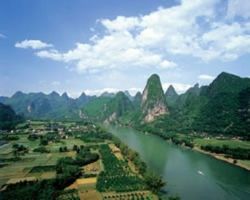
Guangxi Province
It became part of China Proper when Emperor Qin added it around 214 BC, and around the time he burned the books and buried the scholars.
Fast forward over two thousand years. Hong Xiuquan, of the Hakka minority and a failure in the imperial examinations, in 1844 has just been thrown out of his native Guangdong and walked some 500 km/ 300 miles into the wilderness --to Guangxi, where the large Hakka population is willing to receive his teachings, among which is his claim that he is the brother of Jesus. Thus did Guangxi become the province that started the Taiping Rebellion, a conflict which has been called "the most destructive civil war in world history".
Although the Taiping Rebellion was eventually put down, mountains and remoteness from Beijing are fertile soil for warlords, and both the Old Guangxi Clique and the New Guangxi Clique plagued modernization efforts of both the right and the left. Mao proclaimed victory on October 1, 1949, but it was not until December that Guangxi was subdued.
Guangxi has a large Zhuang population, though Han are in the majority and there are other ethnic groups as well, such as the Miao and Yao in small numbers. Its capital is Nanning (6.5 million of the provinces 50 million). It has many National Nature Reserves, which are its principal attraction to the tourist, particularly if the related cities of Guilin and Yangshou are included: Damingshan; Huaping; Mao'ershan; Shankou Mangrove Ecosystem; Yingpangang-Yingluogang Dugong; Fangcheng Golden Camellia; Shiwandashan; Longgang; Dayaoshan; Mulun;Qianjiadong; Cenwanglaoshan; Jiuwanshan; and Jinzhongshan Black-necked Long-tailed Pheasant National Nature Reserve.
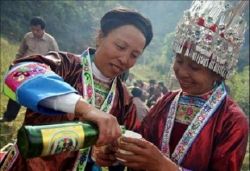
Local brew, local folk
Bottoms up!
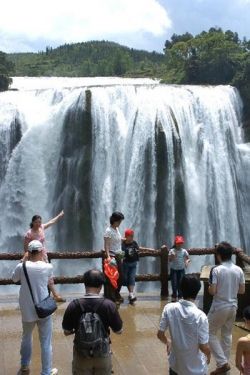
Guizhou Province
This province is not nearly so remote as those in the far NW of China, but the word "obscure" is not entirely inappropriate. Compared to adjacent Sichuan Province and the province-level city, Chongqing, Guizhou gets few tourists. Yet it is of interest.
Huangguoshu Falls, Asia's highest, is the main tourist attraction, particularly for the natives. It is about a two-hour trip from Guiyang, the capital city. Guizhou also has Yinlianzhui Waterfall.
Peopled by the independent-minded Miao, the province was not brought solidly into the empire until the Ming dynasty, which began in the 14th century.
There was a saying even in the subsequent Qing dynasty, which began in the 17th century, that "every thirty years there would be minor revolts, while every sixty years there would be major rebellions".
Aside from the capital, Guiyang, the city of Kaili is perhaps the center of Miao culture today in the province. In February, there is a festival with bullfighting, horse racing, pipe playing, and comedy.
Zunyi in the north of the province is where Mao was first elected to the leadership of the Communist Party of China, shortly before he led the Long March. Chinese tourists come to take photographs.
The Dong live in the SE, along the border with Guangxi Province. They have built covered bridges which are called "Wind and Rain Bridges".
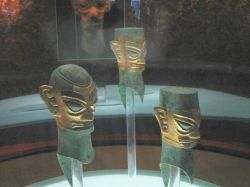
Sichuan Province
In 1986, workers about 40 km NE of the present-day capital, Chengdu, accidentally found pits containing bronze, jade, gold, and pottery artifacts that had apparently been broken and then carefully buried. That was remarkable enough, particularly since a discovery of ancient jade artifacts in the area over fifty years earlier had yielded nothing upon further searching. But it was really the artistic style that was of greatest interest, for it was completely different from that of the Yellow River cultures, hitherto believed to be the cradle of Chinese civilization. When the radiocarbon dating came in, it showed the artifacts to date from 12th-11th centuries BC. And so Sichuan's Sanxingdui culture (from the name of the town) was born -- or rather reborn.
The site of the discoveries and the in nearby Guanghan are destinations for archaeologically minded tourists. Included are small bronze heads with gold masks. Anciently, the western part of the province is linked with Tibetan cultures, while the eastern part is linked with the Yellow River cultures. Qin Shih Huangdi, the creator and first emperor of China, brought both of these into his unified empire. An irrigation system was constructed and modern -- 3rd century BC -- agricultural practices introduced.
Southern Song Dynasty tried to defend against the Mongol hordes in Sichuan and in Hubei, and did not succeed, but the failure marked the first use of firearms in history. When the Ming succeeded the Mongols, a number of important structures worth visiting today were constructed: in particular, Bao'en Temple (around 1440). The Qing dynasty, republican China, and communist China have all seen steady development in the province.
Sichuan is first in many ways. It was first in population until its largest city, Chongqing, was detached and raised to provincial level. Even without Chongqing's 30 million, Sichuan has 88 million people, 3rd largest. It is one of the first-ranking agricultural provinces, eg, in grain. Other important products include citrus, sugar, sweet potatoes, peaches, and pork -- Sichuan is #1 in pork and #2 in silkworm cocoons. Sichuan is also first-ranking in mineral resources; it has the largest reserves of 11 different types of mineral resources. Sichuan is also heavily industrialized.
Sichuan is the birthplace of Li Bai (Li Po), one of the most famous of the Tang dynasty poets, and a museum was begun in 1962, 1,200 years after his death, in his home of Zhongba Town.
The main tourist sites, however, are natural areas, of which the most famous is Emeishan (Mount Emei or Omei), including the structures within them. Here is a list of some:
* Huanglong Scenic and Historic Interest Area (limestone pools);
* Jiuzhaigou Valley Scenic and Historic Interest Area (waterfalls and lakes);
* Mount Qincheng and the Dujiangyan Irrigation System;
and -- last but certainly not least --
* the sanctuaries for the Giant Panda
Part of a series
Pictures, pictures, pictures
Series within series, actually. Food & Cooking, for example, then -- within that -- series on vegetables, fruits, seafood, meat, etc. Books, too. Ideas, too. Travel, too. Click on "featured lenses" at the top of the right-hand column, under my profile, for the complete list. Key virtues:. pictures, clear step-by-step text. Delicious -- whether foods or ideas! All items in all of the series can be found, organized by floor, at Lee White's Department Store. Happy shopping! -- everything is for free!
